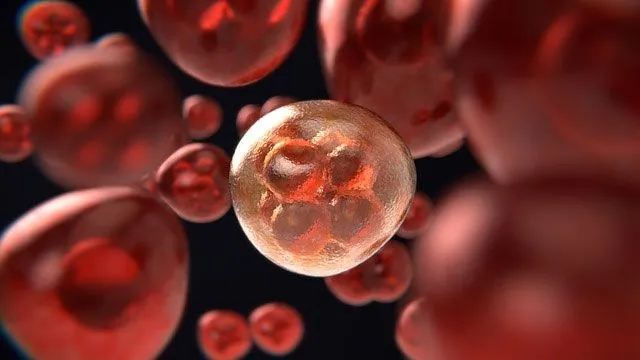
Breakthrough in Bioengineering: Scientists Successfully Model Natural Cell Communication!
2024-11-13
Author: Wei Ling
Breakthrough in Bioengineering: Scientists Successfully Model Natural Cell Communication!
In a groundbreaking study, researchers have achieved a remarkable feat in the field of bioengineering by successfully replicating the intricate communication processes that occur between natural cells. This innovative approach involves the use of nanocontainers—artificial organelles designed to facilitate intercellular signaling through light activation.
How It Works: The Mechanism of Communication
At the heart of the sender cells are advanced nanocontainers equipped with light-sensitive molecules, referred to as molecular motors. These specialized molecules allow the cells to initiate communication when exposed to a pulse of light. Upon activation, the nanocontainers release a designated signaling molecule—let's call it substance A—into the sender cell's interior.
Once released, substance A exits the sender cell through tiny pores in its polymer shell and travels through the surrounding fluid to arrive at the receiver cell. Here, it enters through similar pores and interacts with artificial organelles that house an enzyme. This interaction triggers a conversion process, resulting in a fluorescent signal that visually confirms successful communication between the two cells.
The Role of Calcium Ions: A Natural Connection
In their study, researchers drew inspiration from the human eye's photoreceptors, where calcium ions regulate stimulus transmission to ensure the eye adjusts to varying light conditions. Likewise, the team designed the artificial organelles within the receiver cells to respond to calcium ions, which can modulate the fluorescence signal generated from the conversion of substance A. This modulation enables a sophisticated control over the signaling, mirroring natural biological processes.
Implications for Synthetic Tissue Development
"This achievement represents a significant advancement in our ability to engineer systems that mimic the spatial and temporal dynamics of natural cell communication," explains Professor Palivan, one of the lead researchers. The findings not only enhance our comprehension of cellular networks but also pave the way for innovative applications.
One of the most exciting prospects is the potential to create communication pathways between synthetic and natural cells. This could lead to the development of new therapeutic strategies for various diseases or even the engineering of artificial tissues that integrate seamlessly with biological systems.
A Scientific Leap Towards the Future
As researchers continue to explore this novel approach, the implications of their work could transform the landscape of bioengineering, enabling more effective treatments and leading to a better understanding of cellular communication. With the potential for real-world applications on the horizon, this is a discovery that could change the way we think about medicine and synthetic biology forever!
Stay tuned as this exciting research unfolds, presenting new possibilities for the future of health and medical science!


 Brasil (PT)
Brasil (PT)
 Canada (EN)
Canada (EN)
 Chile (ES)
Chile (ES)
 España (ES)
España (ES)
 France (FR)
France (FR)
 Hong Kong (EN)
Hong Kong (EN)
 Italia (IT)
Italia (IT)
 日本 (JA)
日本 (JA)
 Magyarország (HU)
Magyarország (HU)
 Norge (NO)
Norge (NO)
 Polska (PL)
Polska (PL)
 Schweiz (DE)
Schweiz (DE)
 Singapore (EN)
Singapore (EN)
 Sverige (SV)
Sverige (SV)
 Suomi (FI)
Suomi (FI)
 Türkiye (TR)
Türkiye (TR)